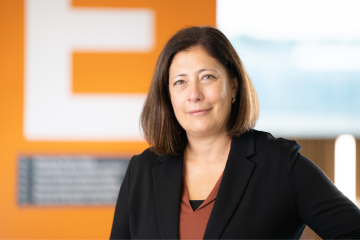PhD Studentship
Human stem cell models of de novo tumorigenesis to replace the use of animals for the study of cancer initiation

At a glance
In progress
Award date
January 2022 - January 2026
Grant amount
£120,000
Principal investigator
Dr Cinzia Allegrucci
Co-investigator(s)
Institute
University of Nottingham
R
- Replacement
Read the abstract
View the grant profile on GtR
